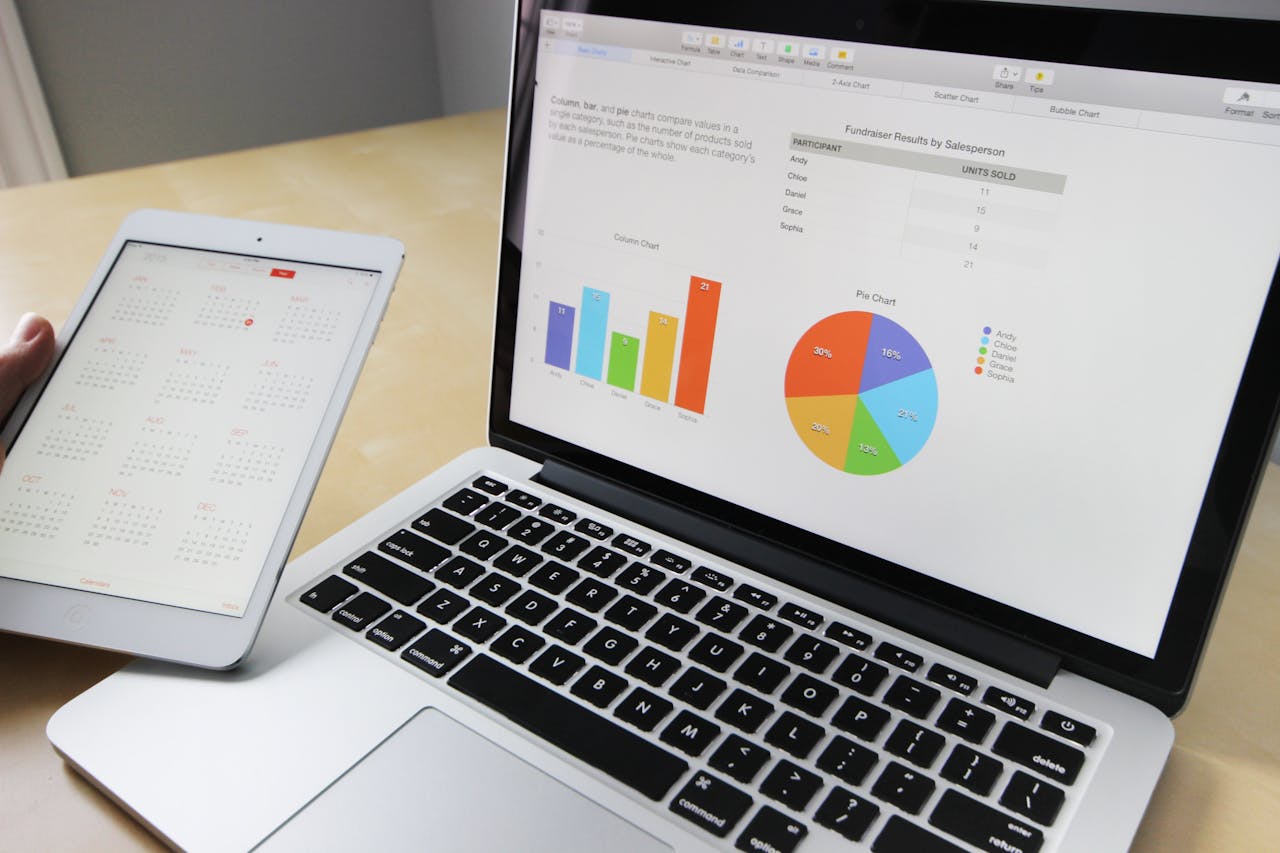The integration of artificial intelligence (AI) into Remote Patient Monitoring (RPM) is revolutionizing healthcare by enhancing patient care, increasing efficiency, and enabling early intervention. RPM leverages technology to monitor patients’ health conditions remotely, reducing the need for frequent in-person visits. The incorporation of AI algorithms further augments the potential of RPM by analyzing vast amounts of patient data to detect trends, anomalies, and potential issues. The early detection of health deterioration is a critical aspect of patient care, and AI in RPM enables continuous data collection, analysis, and early identification of potential health issues. AI algorithms excel at near real-time monitoring, pattern recognition, anomaly detection, and predictive analysis, enabling timely intervention, reduced hospitalizations, improved patient outcomes, and data-driven insights for medical professionals. However, ensuring algorithm accuracy, data security, user engagement, and personalized treatment plans are important considerations for implementing AI in RPM.
Key Takeaways:
- AI-powered RPM enhances patient care and enables early intervention in healthcare.
- AI algorithms analyze vast amounts of patient data in RPM to detect trends and potential health issues.
- AI in RPM enables continuous monitoring, timely intervention, and improved patient outcomes.
- Ensuring algorithm accuracy, data security, and personalized treatment plans are crucial in implementing AI in RPM.
- AI-driven insights in healthcare provide valuable data-driven information for medical professionals.
Personalized treatment plans play a crucial role in delivering effective healthcare, especially in managing chronic conditions and complex medical cases. With the integration of artificial intelligence (AI) into Remote Patient Monitoring (RPM), healthcare professionals now have access to advanced tools and technologies to create and implement tailored treatment strategies.
AI algorithms in medical technology enable the aggregation of data from various sources, such as electronic health records, wearable devices, medical imaging, and patient-reported information. This holistic view of the patient’s health status empowers healthcare providers to generate personalized treatment recommendations based on individual characteristics, medical history, and current health status.
The advancement of AI-driven personalized treatment plans optimizes the likelihood of treatment success and patient satisfaction,” says Dr. Jane Wilson, a renowned expert in AI healthcare solutions. “It allows us to consider a range of treatment approaches and predict potential outcomes, thereby providing the best possible care for our patients.”
By leveraging AI algorithms, healthcare providers can assess the patient’s risk factors for complications or adverse events, ensuring that treatment plans are tailored to address individual needs. This personalized approach enhances the effectiveness of healthcare interventions, improves patient outcomes, and promotes overall satisfaction.
Benefits of AI-driven Personalized Treatment Plans in RPM
- Optimized treatment success and patient satisfaction
- Enhanced risk assessment and personalized interventions
- Improved patient outcomes and quality of care
- Efficient utilization of healthcare resources
Table: AI-driven Personalized Treatment Plan Components
| Components | Description |
|---|---|
| Data Integration | Aggregating data from multiple sources to provide a holistic view of the patient’s health status. |
| Risk Assessment | Evaluating the patient’s risk factors for complications or adverse events to customize treatment strategies. |
| Outcome Prediction | Using historical data and AI algorithms to predict potential treatment outcomes based on different approaches. |
| Personalized Recommendations | Generating tailored treatment recommendations based on individual characteristics, medical history, and current health status. |
Implementing AI-driven personalized treatment plans in RPM has the potential to revolutionize healthcare delivery by providing individualized care, improving patient outcomes, and optimizing resource allocation. However, it is essential to address data quality and integration, ethical considerations, and maintaining a strong provider-patient relationship to ensure the successful implementation of AI technologies in personalized treatment planning.
Predictive Analytics: Anticipating Health Complications with AI
Predictive analytics is a powerful tool in healthcare that leverages artificial intelligence (AI) to anticipate health complications and enable proactive intervention. Through the integration of AI algorithms in medical technology, particularly in radiology, healthcare providers can analyze vast amounts of patient data to identify patterns, trends, and potential risks. This allows for the early detection of health issues, reducing hospital readmissions and improving patient outcomes.
By processing large volumes of data and using machine learning algorithms, predictive analytics in healthcare can categorize patients into risk groups based on their medical history, current health status, and other relevant factors. These algorithms can then generate alerts and notifications for healthcare providers, enabling them to intervene in a timely manner. Through this AI-driven approach, healthcare professionals can provide personalized care and treatment plans, ultimately leading to better patient satisfaction and improved health outcomes.
“Through the use of predictive analytics with AI, we can anticipate potential health complications and take proactive measures to prevent or manage them effectively. This technology allows us to harness the power of patient data and generate actionable insights that can significantly impact patient care.”
Predictive Analytics in Radiology
One area where predictive analytics with AI has shown great promise is in radiology. With the aid of AI algorithms, medical imaging data can be analyzed to identify patterns and markers associated with specific health conditions. This enables radiologists to detect abnormalities and potential health complications at an early stage, facilitating timely intervention and treatment.
For example, in the case of lung cancer, predictive analytics algorithms can analyze lung CT scans to identify characteristics that indicate the presence of malignant tumors. By identifying these markers, healthcare providers can initiate appropriate treatments early on, significantly improving patient outcomes.
| Risk Factors | Likelihood of Complications |
|---|---|
| Advanced age | High |
| Smoking history | Medium |
| Family history of lung cancer | Low |
| Exposure to asbestos | Medium |
The table above showcases various risk factors associated with lung cancer and the likelihood of complications based on those factors. This kind of data-driven insight, powered by predictive analytics, allows healthcare providers to stratify patients based on their individual risks, facilitating more targeted interventions and personalized treatment plans.
In conclusion, predictive analytics with AI is revolutionizing healthcare by enabling early detection and intervention in potential health complications. Through the integration of AI algorithms in medical technology, particularly in radiology, healthcare providers can unlock valuable insights from patient data, leading to improved patient outcomes and a more efficient healthcare system.
Conclusion
The integration of artificial intelligence (AI) into Remote Patient Monitoring (RPM) has revolutionized healthcare, paving the way for enhanced patient care, improved efficiency, and early intervention. With AI technologies in healthcare, we can now monitor patient health conditions in real-time, optimize the management of chronic diseases, and reduce hospitalizations.
AI algorithms play a critical role in gathering and analyzing vast amounts of patient data, detecting patterns, and predicting potential health issues. This enables healthcare providers to identify early signs of deterioration and intervene promptly, ultimately improving patient outcomes.
As we continue to explore the applications of AI in healthcare, it is crucial to ensure algorithm accuracy, prioritize data security, maintain user engagement, and develop personalized treatment plans. Additionally, addressing ethical considerations and patient privacy remains paramount in the implementation of AI in RPM.
The advancements in AI-driven remote patient monitoring have the potential to revolutionize healthcare delivery, optimize resource allocation, and usher in an era of healthcare automation. As we move forward, it is imperative that we prioritize patient safety, transparency, and meaningful integration of AI technology to unlock the full potential of RPM in healthcare.
FAQ
What is Remote Patient Monitoring (RPM)?
Remote Patient Monitoring (RPM) is a healthcare practice that utilizes technology to monitor patients’ health conditions remotely, reducing the need for frequent in-person visits.
How does AI enhance Remote Patient Monitoring?
AI algorithms in RPM analyze vast amounts of patient data to detect trends, anomalies, and potential health issues. This enables continuous data collection, analysis, and early identification of potential health deterioration.
What are the benefits of AI in RPM?
AI in RPM enables timely intervention, reduced hospitalizations, improved patient outcomes, and data-driven insights for medical professionals. It excels at near real-time monitoring, pattern recognition, anomaly detection, and predictive analysis.
What considerations are important for implementing AI in RPM?
Ensuring algorithm accuracy, data security, user engagement, and personalized treatment plans are important considerations for implementing AI in RPM.
How does AI contribute to personalized treatment plans in healthcare?
AI enables the aggregation of data from various sources to provide a holistic view of the patient’s health status. AI-driven algorithms leverage historical data to predict potential outcomes based on different treatment approaches, optimizing the likelihood of treatment success and patient satisfaction.
How does predictive analytics with AI improve Remote Patient Monitoring?
Predictive analytics in RPM uses AI algorithms to forecast future health outcomes, enabling proactive intervention and reducing hospital readmissions. It categorizes patients into risk groups and facilitates early detection of potential health issues.
What considerations should be addressed when implementing predictive analytics with AI in RPM?
Ensuring data collection, machine learning algorithms, and risk stratification accuracy, as well as addressing ethical considerations and patient privacy, are important factors to consider when implementing predictive analytics with AI in RPM.
How does AI transform healthcare in general?
AI in healthcare enhances patient care, improves efficiency, and enables early intervention. It enables real-time patient health monitoring, better management of chronic conditions, and reduced hospitalizations, optimizing resource allocation and patient outcomes.
Source Links
- https://healthsnap.io/ai-in-remote-patient-monitoring-the-top-4-use-cases-in-2023/
- https://www.ncbi.nlm.nih.gov/pmc/articles/PMC10158563/
- https://kms-healthcare.com/the-impact-of-ai-on-healthcare-a-deep-dive-into-remote-patient-monitoring/
- Regulatory and Compliance: Pioneering the Future of Saudi Arabia’s Dedicated Cargo Airline - December 21, 2024
- Financial Strategies: Fueling the Growth of Saudi Arabia’s Dedicated Cargo Airline - December 20, 2024
- Operational Excellence: Ensuring Competitive Edge for Saudi Arabia’s Dedicated Cargo Airline - December 19, 2024






